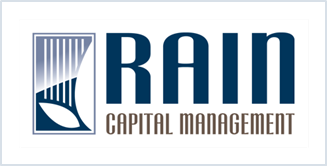2017 was a good year for markets, almost too good in fact. For the first time in history, the S&P 500 Index had no negative months during the calendar year.
Equity-market volatility hit an all-time low in Q3 Low volatility and strong equity markets were likely the result of improved economic fundamentals during the period On the other hand, policy
Trump’s agenda of regulatory rollback, infrastructure spending and tax cuts is all but stuck in Washington’s ideologically fractured environment. Strong earnings made up for stalled policy and a lack of
The so-called “Trump Trade” began to lose steam toward the end of Q1 as it became clear that single-party control in Washington wouldn’t necessarily translate into quick results Events abroad
Markets had a hard reset in Q4 with the election of Donald Trump on November 8th. Initially global equity markets plunged, but within hours began to recover and rallied strongly throughout the quarter, mostly on speculation that the new president would usher in tax cuts, deregulation and a sweeping fiscal spending program.
In the wake of “Brexit,” central banks reasserted themselves over markets in a big way in Q3, sending bond yields to historic lows. The recent wave of populism in the developed world is targeting institutions that have been supportive of capital markets for the better part of 70 years. To the extent these political movements prevail, they would likely carry negative economic consequences.
Events in Q1 took the Fed off message and “Brexit” further complicated its story Given the limited set of policy tools, the Fed seems to want to play it safe and is reluctant to raise rates until it has strong evidence of inflationary pressures
The smooth December lift-off in rates was derailed in January by a rolling set of concerns that culminated in markets pricing in (at least for now) a more gradual pace of interest rate tightening than previously expected.
The Central Bank divergence story – the idea that instability in capital markets would be driven by diverging monetary policy among the world’s largest economies - is alive and well but evolving, with more pain in store for interest-rate sensitive investments



